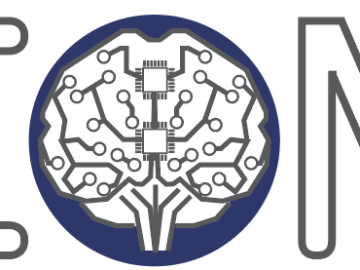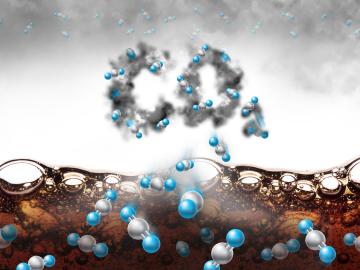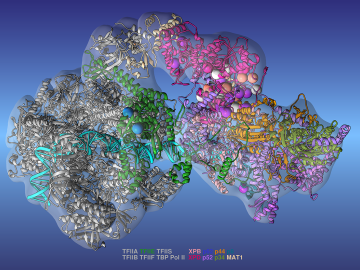
Filter News
Area of Research
- (-) Materials (51)
- (-) Supercomputing (68)
- Advanced Manufacturing (5)
- Biological Systems (1)
- Biology and Environment (24)
- Computational Biology (2)
- Computational Engineering (1)
- Computer Science (4)
- Energy Science (22)
- Fusion and Fission (18)
- Fusion Energy (11)
- Isotopes (6)
- Materials for Computing (10)
- National Security (12)
- Neutron Science (23)
- Nuclear Science and Technology (10)
- Quantum information Science (1)
- Transportation Systems (1)
News Type
News Topics
- (-) Artificial Intelligence (23)
- (-) Biomedical (14)
- (-) Exascale Computing (17)
- (-) Fusion (5)
- (-) Materials Science (39)
- (-) Physics (15)
- (-) Security (3)
- (-) Summit (28)
- 3-D Printing/Advanced Manufacturing (11)
- Advanced Reactors (3)
- Big Data (20)
- Bioenergy (6)
- Biology (7)
- Biotechnology (1)
- Buildings (4)
- Chemical Sciences (11)
- Clean Water (3)
- Composites (6)
- Computer Science (64)
- Coronavirus (10)
- Critical Materials (7)
- Cybersecurity (2)
- Energy Storage (15)
- Environment (24)
- Frontier (18)
- Grid (3)
- High-Performance Computing (28)
- Isotopes (9)
- Machine Learning (9)
- Materials (33)
- Mathematics (2)
- Microscopy (13)
- Molten Salt (1)
- Nanotechnology (17)
- National Security (3)
- Neutron Science (18)
- Nuclear Energy (15)
- Partnerships (3)
- Polymers (11)
- Quantum Computing (16)
- Quantum Science (15)
- Simulation (13)
- Software (1)
- Space Exploration (4)
- Transportation (14)
Media Contacts

More than 6,000 veterans died by suicide in 2016, and from 2005 to 2016, the rate of veteran suicides in the United States increased by more than 25 percent.

Artificial intelligence (AI) techniques have the potential to support medical decision-making, from diagnosing diseases to prescribing treatments. But to prioritize patient safety, researchers and practitioners must first ensure such methods are accurate.

Materials scientists, electrical engineers, computer scientists, and other members of the neuromorphic computing community from industry, academia, and government agencies gathered in downtown Knoxville July 23–25 to talk about what comes next in

Using additive manufacturing, scientists experimenting with tungsten at Oak Ridge National Laboratory hope to unlock new potential of the high-performance heat-transferring material used to protect components from the plasma inside a fusion reactor. Fusion requires hydrogen isotopes to reach millions of degrees.

A new method developed at Oak Ridge National Laboratory improves the energy efficiency of a desalination process known as solar-thermal evaporation.

Oak Ridge National Laboratory has teamed with Cornell College and the University of Tennessee to study ways to repurpose waste soft drinks for carbon capture that could help cut carbon dioxide emissions.

A team of researchers at Oak Ridge National Laboratory have demonstrated that designed synthetic polymers can serve as a high-performance binding material for next-generation lithium-ion batteries.

Scientists have discovered a way to alter heat transport in thermoelectric materials, a finding that may ultimately improve energy efficiency as the materials

Environmental conditions, lifestyle choices, chemical exposure, and foodborne and airborne pathogens are among the external factors that can cause disease. In contrast, internal genetic factors can be responsible for the onset and progression of diseases ranging from degenerative neurological disorders to some cancers.

Using Summit, the world’s most powerful supercomputer housed at Oak Ridge National Laboratory, a team led by Argonne National Laboratory ran three of the largest cosmological simulations known to date.


